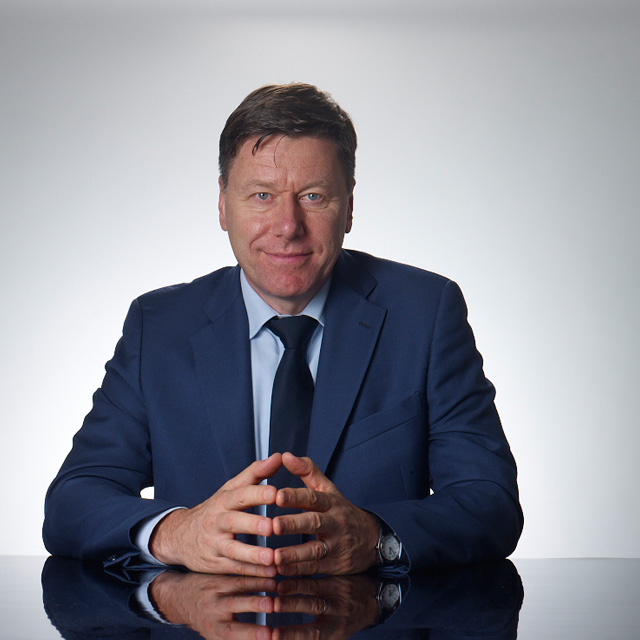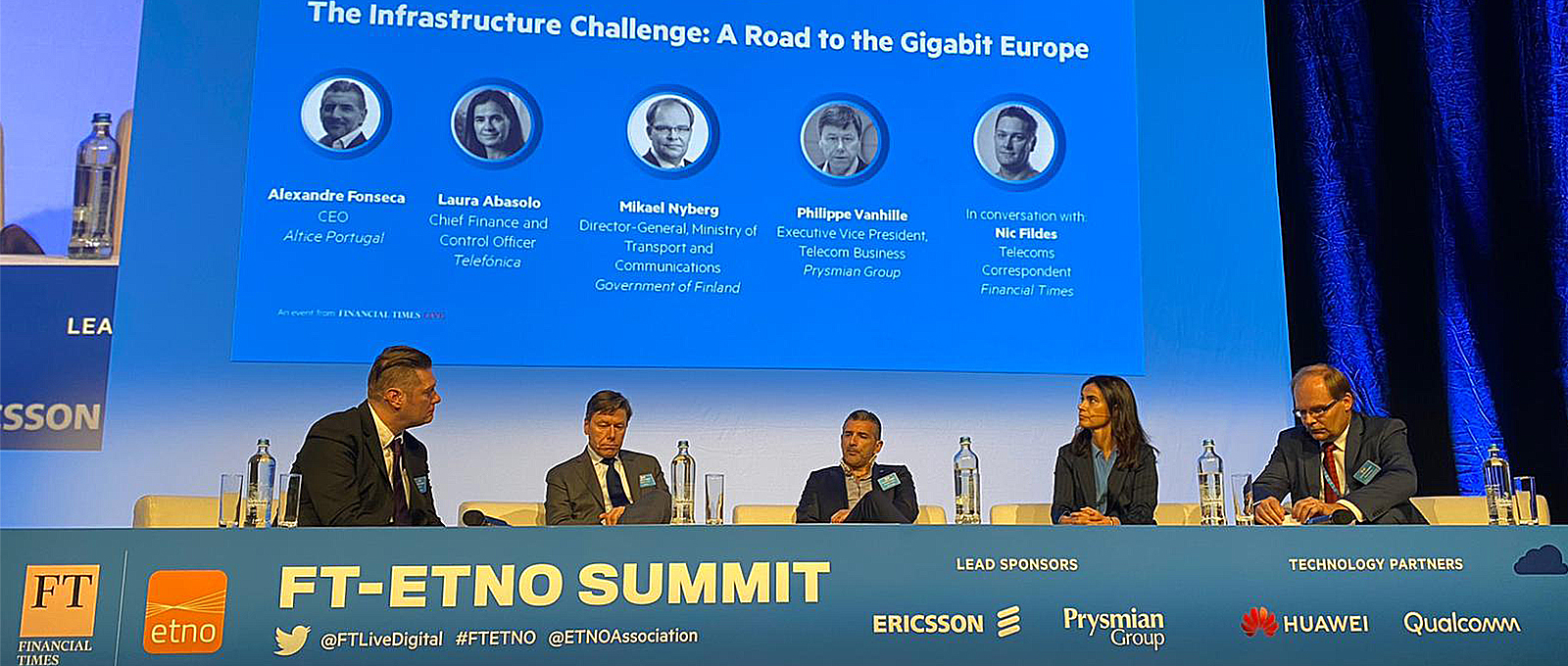There are no shortcuts to a robust 5G network, says Vanhille at FT-ETNO

In a race to build new 5G networks, operators are being forced to make massive investments. Prysmian Group Executive Vice President for Telecoms Philippe Vanhille explains at the FT-ETNO Summit how they can avoid making mistakes.
Prysmian has been investing for many years in innovation for products that cut installation costs
In their rush to deliver 5G services in a highly competitive market, telecoms operators should avoid “quick and cheap” shortcuts and invest in a robust and reliable cable infrastructure capable of supporting the coming waves of innovation for the next 20 to 30 years, said Philippe Vanhille, Prysmian Group Executive Vice President for Telecoms, at the FT-ETNO Summit.
The economic potential of 5G services like smart homes and smart factories cannot be unleashed unless the underlying network is absolutely rock solid avoiding blackouts and breakdowns.
“Today there is a real concern about the quality of passive components in the network, but we don’t talk enough about it. Telecom operators are now aware of the importance of building a reliable, robust fibre optic network, able to last for many years and supporting the still undefined future demands for digital capacity."

Philippe Vanhille
Executive Vice President for Telecoms
A high-quality passive infrastructure may cost more up front, but it will reduce operational costs for maintaining and upgrading the network in the long term. Telecoms incumbents and newcos must all offer 5G because of its attractiveness in terms of speed and added services. But not all of them understand how the choices they make in passive network infrastructure can create massive differences in service, said Vanhille.

Prysmian Group has been investing for many years in improving manufacturing capabilities and product innovation, so that it can offer its customers increasingly robust products that are smaller and easier to install, leading to a faster roll-out execution, and resulting in important capex savings on installation which can run to 50% of the cost of a new network.
When choosing a new cable infrastructure, operators must ask themselves three questions, said Vanhille. First, look very carefully at the quality of what they are buying. Any defects will cause service disruptions and could lead to costly repairs. Secondly, make sure that any products purchased are at a low risk of patent infringement. Thirdly, ascertain whether the cost savings are the result of product dumping – another indicator of sub-standard quality.
The public sector can play a role in promoting a high-quality network, said Vanhille. A broad consensus has emerged in countries across the EU deciding that some of the infrastructure costs must be borne by the public sector, in order to avoid creating a digital divide where geographically remote areas are left behind.
“If we use public funding to build the network, the EU could attach any future funding to quality criteria,” he said.

As the quantity of data transported across superfast networks explodes over the next 10 years, telecom operators will act as transport companies. They need two things. Good “trucks” from active equipment makers, like Nokia and Ericsson. And good “roads.”
“These trucks need roads,” said Vanhille. “And we make the roads. You can have the best possible truck, but if you have a bumpy road, you will have to slow down your truck. You can do whatever you want, but you won’t deliver broadband in a reliable way.”



